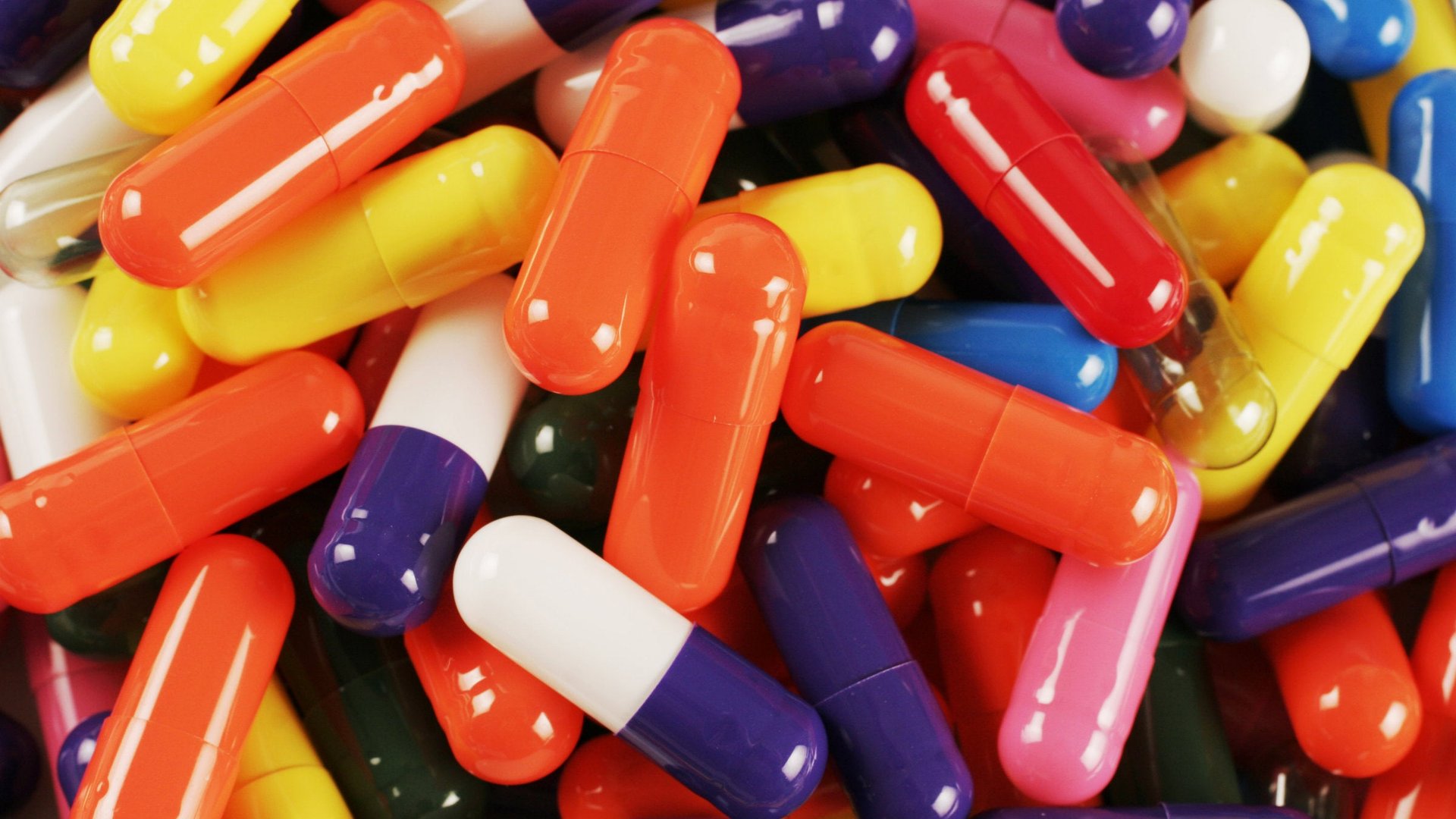Old drugs, new tricks: ADHD medicine could help with binge-eating
The body is a complex and mysterious machine. This is not lost on pharmaceutical firms, which sometimes stumble onto winning drugs when the unanticipated side-effects of a new medicine prove more useful—or lucrative—than its original aim.


The body is a complex and mysterious machine. This is not lost on pharmaceutical firms, which sometimes stumble onto winning drugs when the unanticipated side-effects of a new medicine prove more useful—or lucrative—than its original aim.
Today British pharma group Shire announced promising results of trials using its ADHD drug Vyvanse to combat binge-eating disorders. Binge-eating, which gained official recognition as a psychiatric disorder in the US earlier this year, is thought to affect around 3% of adults in America. Vyvanse helps with concentration—which can lead some people, especially students, to abuse it when they don’t have ADHD—but also has the effect of suppressing one’s appetite. Approved in 2008, it already generates more than $1 billion in annual sales for use against ADHD, and analysts estimate that it could sell up to another $500 million a year if prescribed for binge-eating. No surprise, then, that Shire’s shares touched all-time highs on news of the Vyvanse trials; it plans to apply for US regulatory approval to market the drug as a binge-eating treatment next year.
Vyvanse could thus join a long line of drugs that revealed new and unexpected uses. Famously, Viagra was initially developed as a treatment for heart disease, but its much better-known side-effect is now worth more than $2 billion a year in sales for patent-holder Pfizer. Merck’s baldness treatment, Propecia, began its life as a drug to treat an enlarged prostate. Allergan founds that its eye drops for treating glaucoma made test subjects grow longer, thicker eyelashes; the drug is now branded Lumigan for medical purposes and Latisse for cosmetic ones. GlaxoSmithKline’s Lamictal was first approved to treat seizures and later got the nod for its effects against bipolar disorder.
Off the label
Other drugs take longer to show previously unknown benefits. After patents expire, drugmakers have little incentive to pay for the trials needed to approve a new use of a drug. But that merely means they can’t advertise the drug for that purpose. As long as it was approved for one use, doctors are free to prescribe it for other “off-label” uses. Aspirin is perhaps the most widely used drug for a range of off-label ailments, but other examples include beta blockers to prevent stage fright and anti-depressants to combat irritable bowel syndrome. Roughly one in five prescriptions for common drugs in the US is for off-label uses.
Some believe that advances in analytics—essentially, Big Data—will uncover many more new uses for old drugs as it becomes easier to sift through vast amounts of clinical, biological and practical information to identify previously invisible connections. For pharma firms with active patents, like Shire and Vyvanse, this is a financial boon. For patients, it might mean that a much-needed wonder drug already exists, and is just waiting to be revealed.